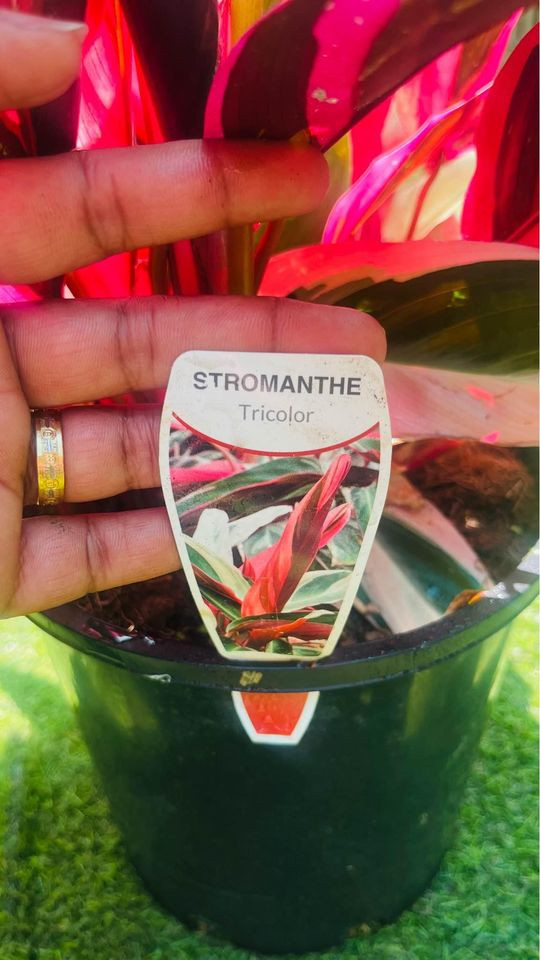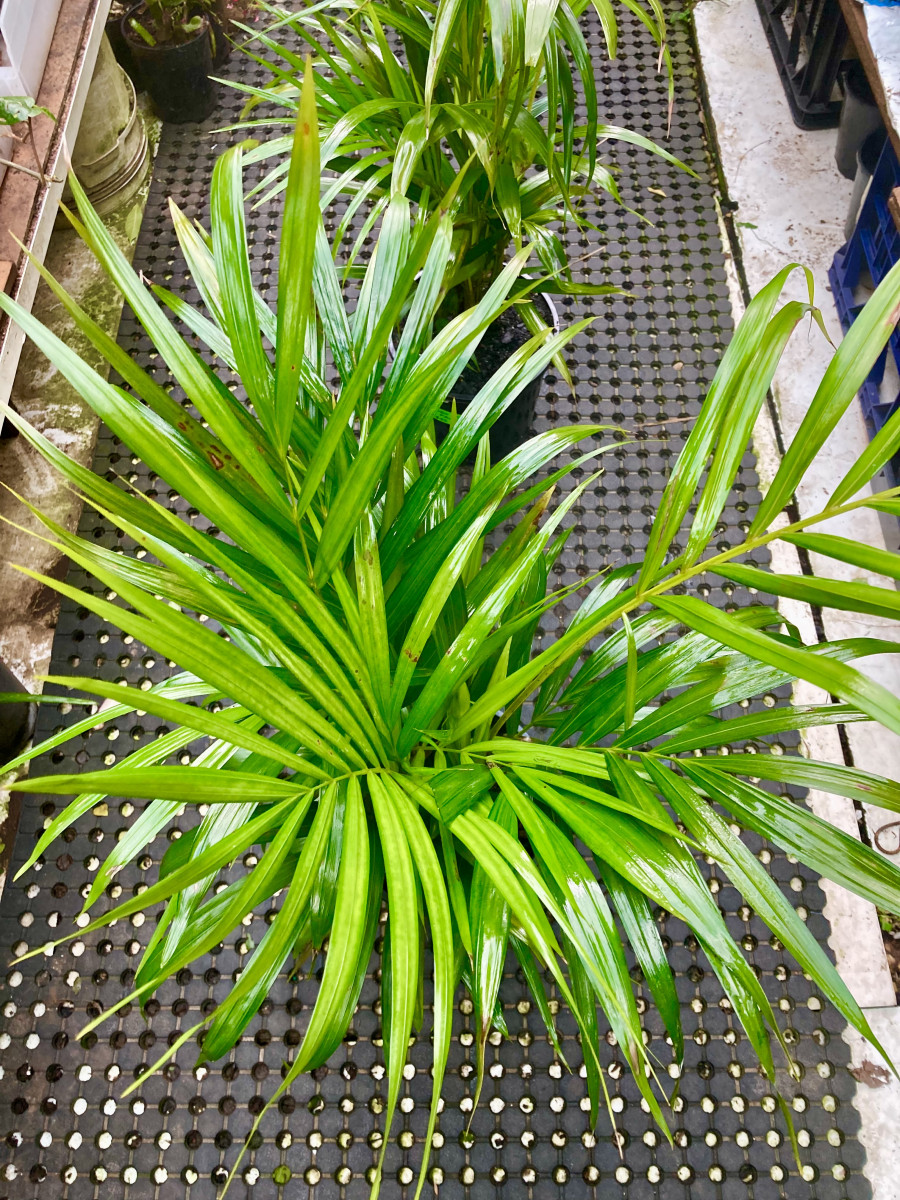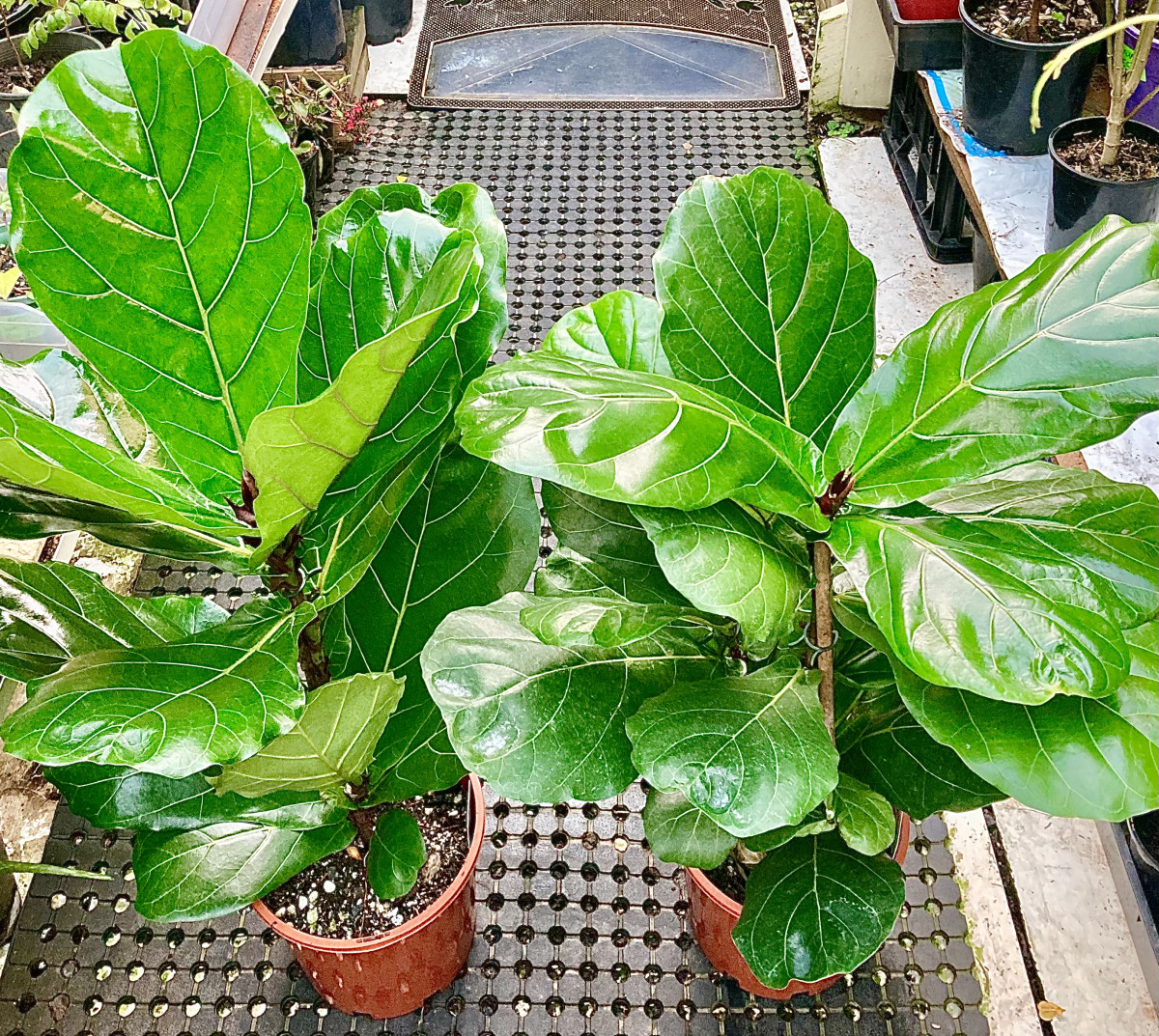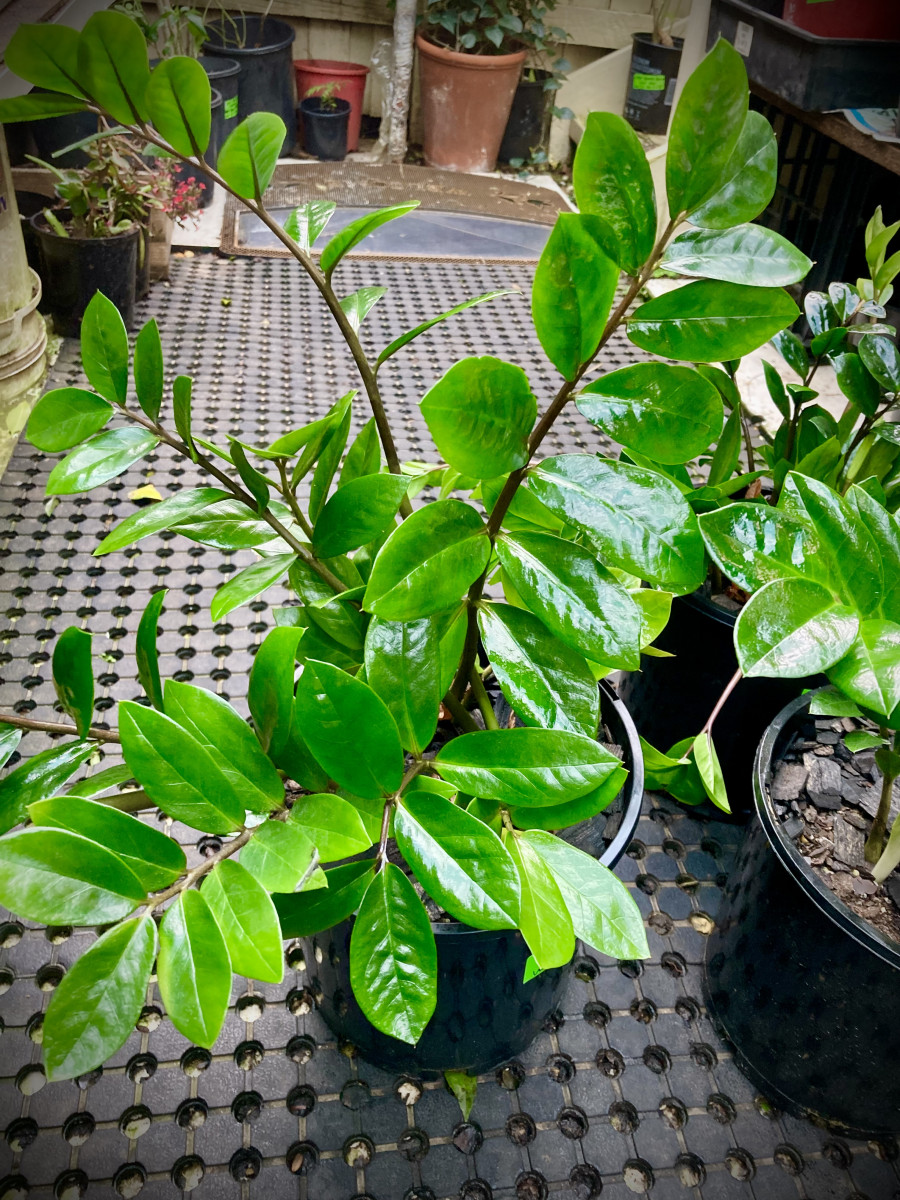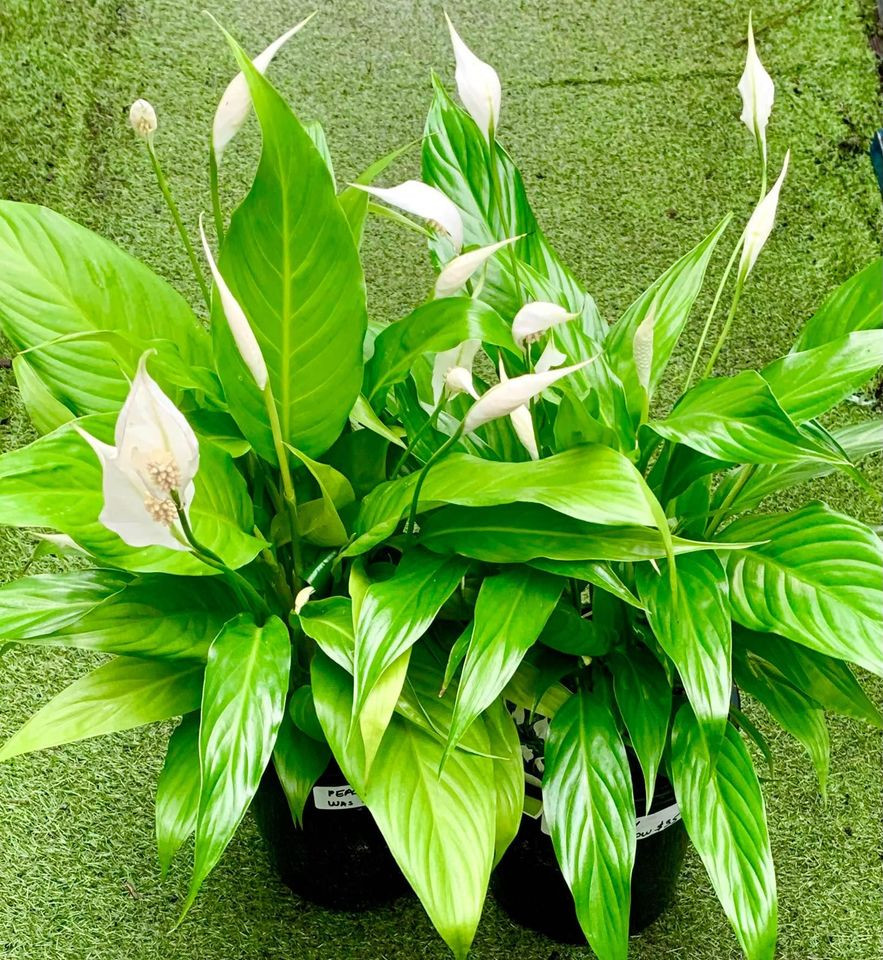
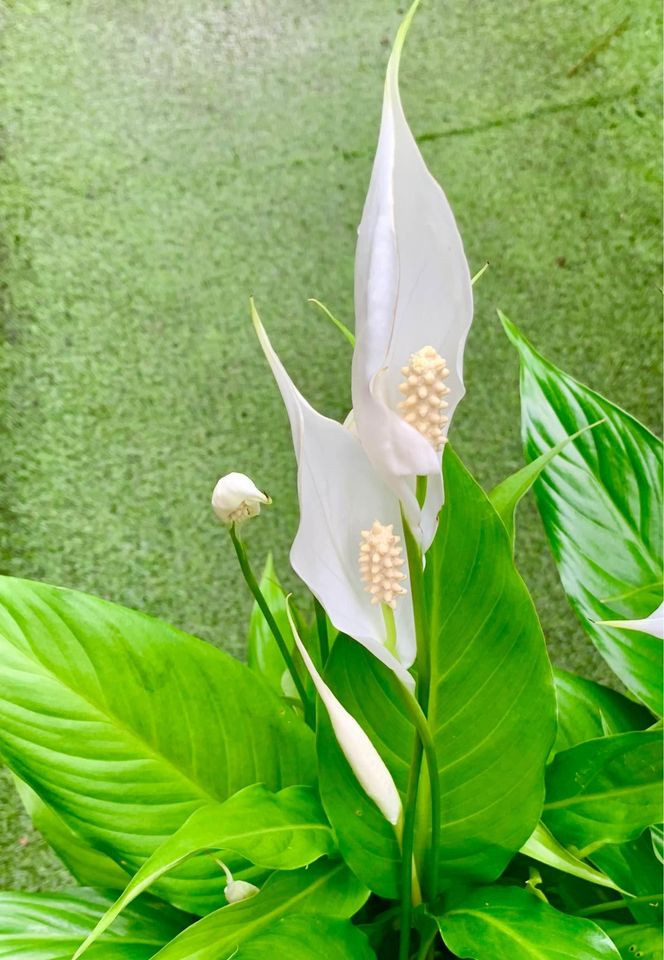
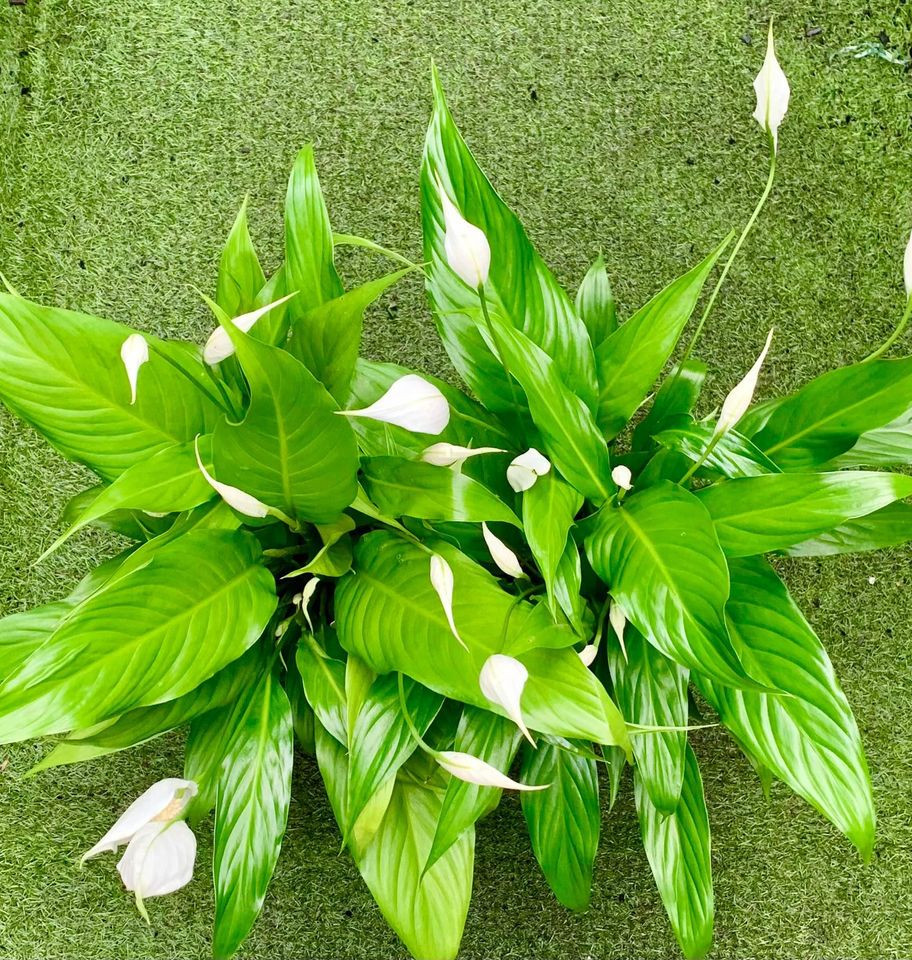
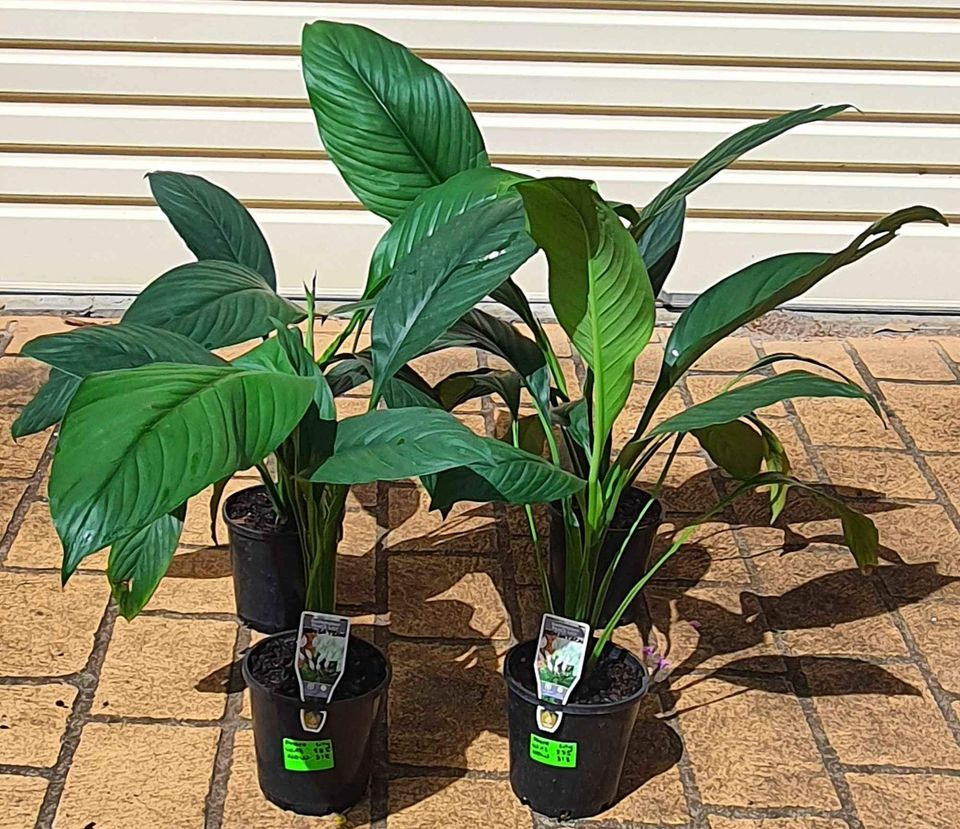
Peace lily
Category : Indoor Plants
Peace Lily, also known as Spathiphyllum, is a popular indoor plant known for its elegant white blooms and lush green foliage. It is admired for its beauty and its ability to thrive in low light conditions, making it an excellent choice for home and office environments.
Planting Location
- Low to Bright, Indirect Light: Peace Lily thrives in low to bright, indirect light. It can tolerate low light conditions but will produce more blooms in brighter light. Avoid direct sunlight, as it can scorch the leaves.
- Well-Drained Soil: Use a well-draining potting mix. A mix of standard potting soil with added perlite or peat moss is ideal to ensure proper drainage and aeration.
Watering
- Consistent Moisture: Keep the soil consistently moist but not waterlogged. Water the plant when the top inch of soil feels dry to the touch.
- Avoid Overwatering: Ensure the pot has drainage holes to prevent water from sitting at the bottom, which can lead to root rot. Reduce watering in the winter when the plant’s growth slows down.
Fertilization
- Regular Feeding: Feed the plant with a balanced, water-soluble fertilizer every 4-6 weeks during the growing season (spring and summer).
- Diluted Fertilizer: Use a diluted fertilizer solution to avoid over-fertilizing.
Pruning
- Regular Pruning: Prune regularly to remove any dead or yellowing leaves. This helps maintain the plant’s health and appearance.
- Trimming: Trim off any spent blooms to encourage new growth and keep the plant looking tidy.
Pest Control
- Common Pests: Watch for pests such as spider mites, aphids, and mealybugs.
- Organic Methods: Use organic pest control methods like neem oil, insecticidal soap, or introducing beneficial insects. Regularly inspect the plant for pests and treat infestations promptly.
Soil Requirements
- Rich, Loamy Soil: Ensure the soil is rich in organic matter and well-drained. Amend with compost to improve fertility.
- Slightly Acidic to Neutral: Peace Lily prefers slightly acidic to neutral pH levels for optimal growth.
Sunlight
- Low to Bright, Indirect Light: Thrives in low to bright, indirect light but can adapt to lower light conditions. Avoid direct sunlight, which can scorch the leaves.
- Enhanced Growth: Adequate light promotes healthy, robust growth and vibrant foliage.
Temperature and Humidity
- Warm Temperatures: Peace Lily prefers warm temperatures between 18-24°C (65-75°F). Protect from cold drafts and sudden temperature changes.
- High Humidity: Thrives in high humidity environments. Regular misting or placing a humidity tray nearby can help maintain humidity levels.
Benefits and Uses
- Ornamental Value: Peace Lily’s elegant white blooms and lush foliage make it a stylish ornamental plant for homes and offices.
- Interior Design: This plant can be used as a focal point in interior design, adding a touch of elegance and tranquility to any space.
- Air Purification: Peace Lily is known for its air-purifying qualities, making it a great addition to improve indoor air quality by removing toxins like formaldehyde and benzene.
Conclusion
By following these care instructions, you can successfully grow a thriving Peace Lily (Spathiphyllum), enjoying its beautiful blooms and ornamental value. Whether grown indoors or in shaded outdoor areas, this plant is a resilient and versatile addition to any space.
Stay tuned for more gardening tips and plant care guides to help you make the most of your garden or indoor green space!
Price : $35 $28
In Stock






